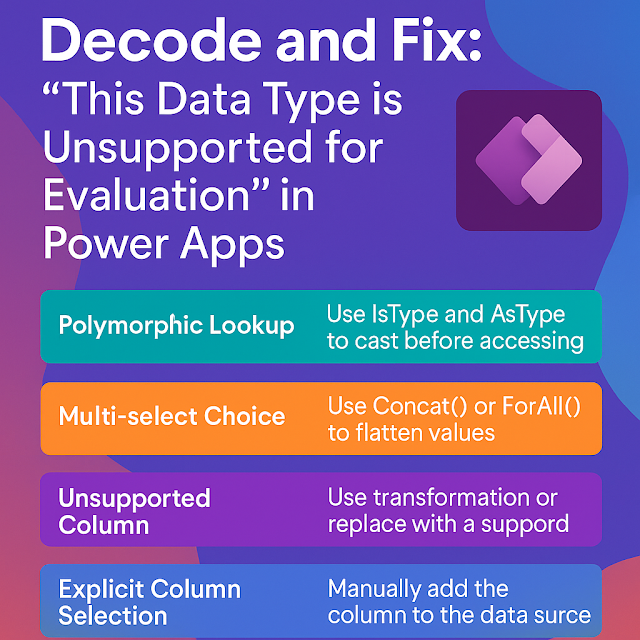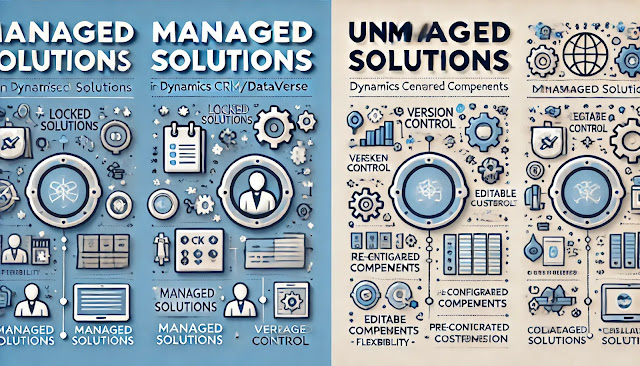Microsoft Dynamics 365 Customer Experience Analyst : Configure security for and access to forecasts
Forecasts in Dynamics 365 Sales are a powerful feature that allow organizations to project revenue, track sales performance, and align sales teams toward common goals.
However, because forecasts involve sensitive business data (e.g., pipeline, quotas, revenue), it’s crucial to configure security properly to ensure only the right people have access—and at the right level (own, team, hierarchy).
1. Understanding Forecast Access Model
Forecast access is based on a combination of:
- Security roles
- Hierarchy relationships
- Forecast configuration settings
- User’s position in the reporting structure
2. Key Components That Control Access
a. Security Roles
To access forecasts, users must be assigned one of the following roles or have equivalent custom roles:
Note: You can customize security roles if you want to restrict or expand access.
b. Forecast Configuration – Access Mode
When you configure a forecast in D365 Sales, you define the access model:
- “Parent and child hierarchy” (default): Managers see their own and their team’s data.
- “Only own”: Users see only their own forecast data.
The access mode determines whether someone higher up in the hierarchy can see the aggregated forecast for their team.
3. Hierarchy & Reporting Relationships
Forecasts use the Manager Hierarchy (from User records) to determine who reports to whom.
This is important for rollups and access.
- Manager field on a User record must be properly populated.
- If a user is a manager of other users, they will see rollup data from their team in the forecast grid (based on access mode).
Make sure the hierarchy in Settings Security Hierarchy Security is properly configured if you want managers to see team forecasts.
4. Record-level Forecast Access
A forecast is built on a forecast configuration which is based on:
- A forecast category (like pipeline, committed, etc.)
- A filter on opportunities (e.g., status = open)
- And a rollup entity (usually Opportunity)
Access to forecast data also depends on whether a user has read access to those underlying opportunity records.
If a salesperson cannot read an opportunity, it won’t show up in their forecast.
5. Forecast Configuration Settings That Affect Security
When creating or editing a forecast (in App Settings Forecast configuration):
You select:
- Forecast type (Org chart hierarchy / Territory hierarchy)
- Access level (Own / Parent + Child)
- Rollup columns & measures
- Filters (to define which records appear)
These settings affect:
- Who can view which data
- Whether the data is aggregated or individual
- Whether managers can view their subordinates’ forecasts
6. Submitting & Locking Forecasts
- Users can enter or adjust forecast values (depending on configuration).
- Managers can override subordinates’ forecast values.
- Once submitted or approved, forecasts can be locked to prevent changes.
You can configure “Enable forecast protection” to prevent users from editing values outside their scope.
Summary – Best Practices for Configuring Forecast Security
- Assign proper security roles (Salesperson / Sales Manager).
- Set up user manager hierarchy correctly.
- Configure forecast access level in forecast settings.
- Ensure users have read access to underlying records (e.g., Opportunities).
- Use hierarchy security if needed to control access to subordinate data.
- Test with sample users to verify visibility and access.
Useful Navigation
- Sales Hub App Settings Forecast configuration – Create/manage forecasts.
- Settings Security Users – Assign manager relationships.
- Settings Security Security Roles – Grant required privileges.
- Settings Security Hierarchy Security – Enable and configure hierarchy access.
Summary:
Forecast security in Dynamics 365 Sales is governed by security roles, user hierarchy, and forecast configuration access settings. Managers see aggregated team forecasts only when they are defined as managers in the system and when the forecast type supports parent/child access. Salespeople see only their own data when configured accordingly. Ensure underlying record-level access is also granted.















Comments
Post a Comment